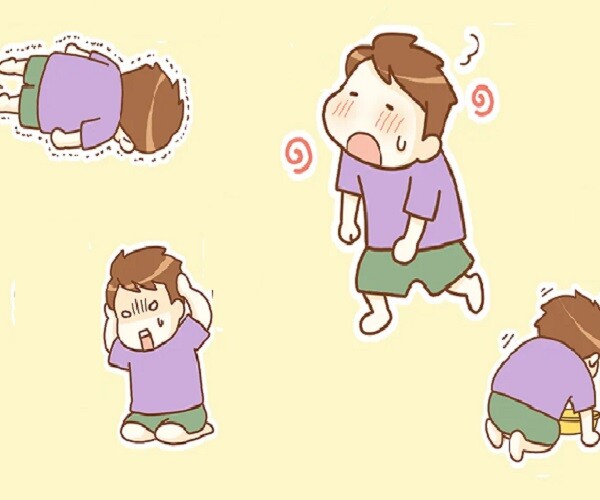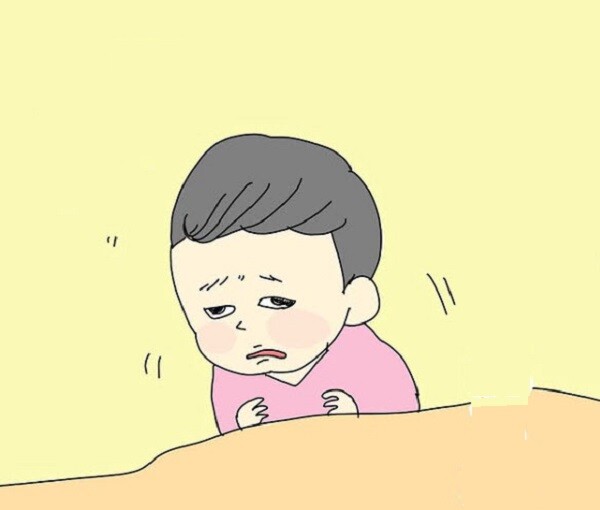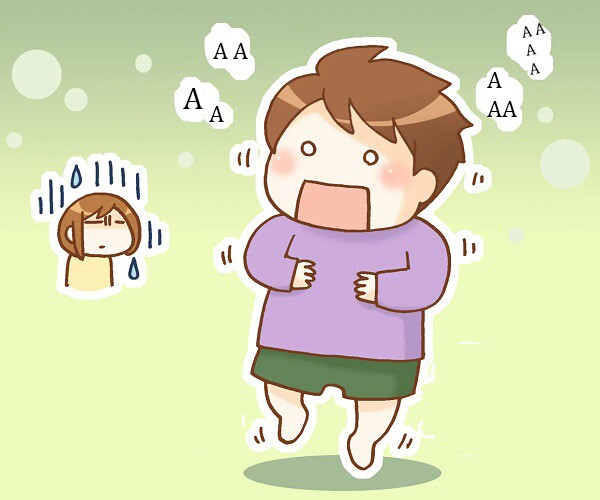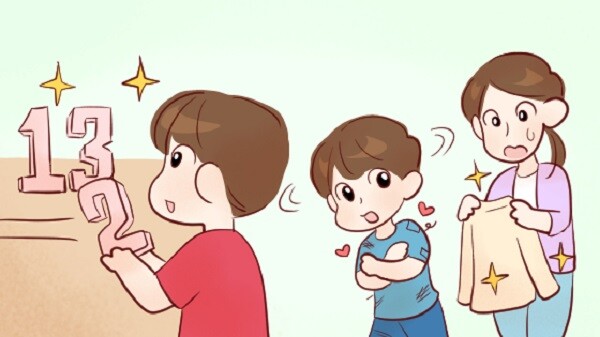## Early Signs of Autism in Children: A Guide for Parents
In recent years, there has been a growing concern among parents about autism, along with an increased awareness of the importance of early detection and intervention.
Early identification of autism signs is crucial as early intervention can help children develop better in social, academic, and emotional domains. Here’s a comprehensive guide to help parents recognize these signs and seek timely support:


## Autism Signs in Infants (0-12 Months)
**Lack of Non-Verbal Communication:**
The early months are crucial for a child’s development, where non-verbal communication plays an essential role in forming connections with caregivers. Non-verbal communication includes eye contact, facial expressions, and responsiveness to their name. Deficits in these areas could be an early sign of autism.
– **Lack of Eye Contact:** One of the first signs parents may observe is their baby’s difficulty in maintaining eye contact.
– **Facial Expression Deficits:** Infants on the autism spectrum may not smile or respond to an adult’s smile, indicating a lack of emotional expression.
**Unresponsiveness to Name:**
Another observable sign is the child’s lack of response when called by their name. This indicates a lack of awareness of others’ presence.

## Autism Signs in Toddlers (1-2 Years)
The period from one to two years is crucial for language and communication development. This is when toddlers start exploring their surroundings, developing communication skills, and forming relationships. However, children with autism may exhibit limited communication, significantly impacting their social interaction abilities.

**Limited Gestures:**
– **Lack of Pointing:** Toddlers typically start pointing to show interest or wave to say hello. Absence of these gestures may reflect a lack of connection with the environment.
– **Speech Difficulties:** This stage also witnesses significant language development, with many toddlers speaking their first word around their first birthday. However, children with autism often do not meet these language milestones and may remain nonverbal or have limited speech.
**Daily Interaction Challenges:**
– **Preferring Solo Play:** Children with autism often prefer playing alone instead of engaging in group activities.
– **Not Sharing Joy:** They may not share their joy or things they like with others.

## Autism Signs in Preschoolers (2-3 Years)**
This stage continues to be a critical period for social and communication development. However, children with autism often exhibit repetitive behaviors, which can impact their overall development.
**Repetitive Behaviors:**
– **Preference for Routine:** One of the prominent features of autism in this age group is the repetition of actions or play without variation. For example, they may spend extended periods on a specific activity, perform the same motions, or resist trying new ways to play.
– **Resistance to Change:** They may become highly distressed when there is a change in their daily routine.
**Challenges Understanding Emotions:**
Children may not understand or respond appropriately to others’ emotions. For instance, they may not realize when their peers are sad or understand the meaning of expressions like smiles or tears.

**Difficulties Expressing Emotions:**

## Autism Signs in Older Children (3-5 Years)**
**Atypical Language Use:**
Children with autism tend to use language atypically, such as echolalia (repeating phrases heard elsewhere) or speaking in a robotic manner. This makes it challenging for them to express their ideas and emotions effectively and engage in natural conversations.
– **Difficulties with Natural Questioning:** They may struggle with asking or answering questions in a typical back-and-forth manner.
– **Isolation:** When children cannot express their emotions clearly, they may feel isolated and misunderstood.

**Social Withdrawal:**
Children may show a lack of interest in playing with peers and often seek solitary activities.
**Unusual Behaviors:**
They may have specific toy preferences or special interests that others may not understand. For example, they might spend hours arranging objects in a particular order or become fixated on spinning wheels or lights.
Early identification of autism signs is vital to ensure timely intervention. If parents or caregivers notice any of these signs, they should consult mental health professionals or pediatricians. Early intervention can improve children’s developmental outcomes, enhance their communication and social interaction skills, and lead to happier and more independent lives.






























